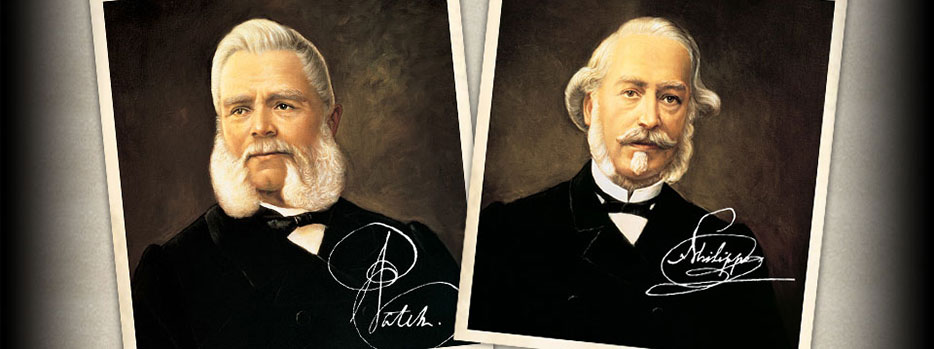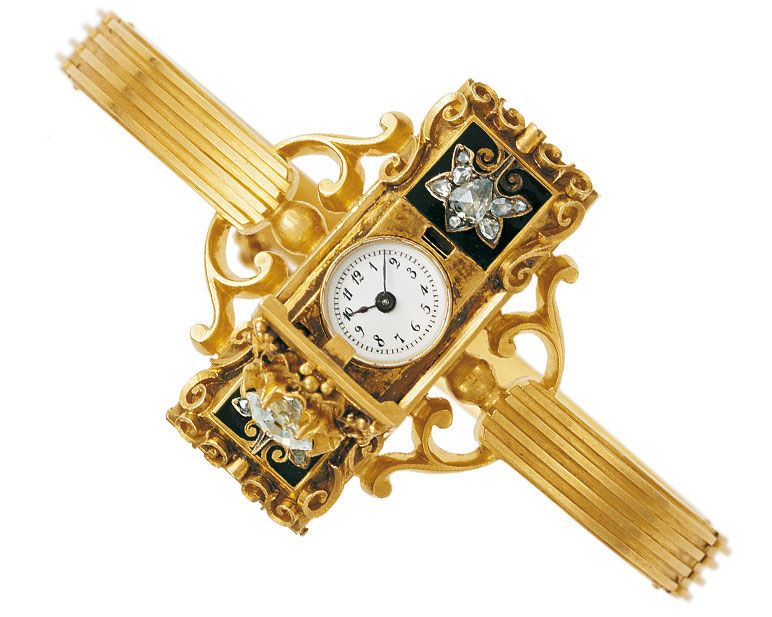Like many Swiss maisons (houses) Patek Philippe’s legacy predates the popularity of the wristwatch. However, few (if any) brands can boast the level of complication mastery that they sport to this very day—in both their wrist and pocket watches. Early innovations by the brand would begin a legacy of timekeeping that is seen, by many critics and fans alike, as the pinnacle of Swiss watch engineering. Ahead, we’ll have a look-see at some landmark moments from Patek Philippe which have reinforced their name for generations.
Getting Off the Ground

When discussing the origins of this powerhouse company, one must look all the way back to the 19th century. It was during this time that Genevese watchmaking was carving out the reputation that it still garners today. Patek Philippe, our subject of the day, broke onto the scene in 1839. The company itself did not initially go by that name. It was originally called Patek, Czapek & Co.. This proto-Patek Philippe was founded by Antoine Norbert de Patek and François Czapek (very direct naming). “Philippe” of the Patek Philippe namesake would first meet Norbert de Patek in 1844—at the Universal Exhibition in Paris. Jean Adrienne Philippe had already made a reputation for himself by releasing/inventing a pocket watch movement with a stem-and-crown wind in 1842 (highly futuristic). Once Czapek’s contract was up with Norbert de Patek, Philippe was arranged to take up the mantle of creative director for the company. In 1845 Patek, Czapek & Co. was dissolved and renamed Patek & Co. This would eventually transition to Patek Philippe & Co. by 1851—forever solidifying Philippe’s relationship with the company.
“Complications” Arise
Consistent quality came out of Patek Philippe & Co. when entering the 20th century. One notable 19th century release that pushed them forward was manufacturing a brass key-wound “wristlet” or proto-wristwatch geared toward women—a trend/experimentation that was ahead of its time (and building steam among the era’s brightest watchmakers). It was near the end of the 19th century, as well, where the company adopted the Calatrava Cross as its logo (1887)—which still represents the company as of this writing.
From the 1910s-1930, Patek Philippe engineered their Grande Complication and Très Grande Complication pocket watches. These two watches set the bar for what would become their legacy of super-complicated watches. Both watches were sold to famed automobile manufacturer James Ward Packard. These prestigious pieces contained 10 complications in one and 16 complications in the other—but more was certainly to come.

Aside from introducing the first women’s watch with a five minute repeater (1915) and the first women’s watch with a perpetual calendar (1925), the folks at Patek Philippe pushed their complication efforts to new heights. 1933 marked the purchase of one Supercomplication by Henry Graves Jr.. Dubbed the “Henry Graves Supercomplication”, this watch boasted the most complicated watch the company had manufactured to that date. It would remain their most complicated until 1989—when they released their Calibre 89. However, without laser-cutting assistance, the 24 complications of the 1933 Supercomplication were a stunning achievement. The Henry Graves piece would come to be sold at auction in 1999 for $11million. Another legacy of Patek Philippe, aside from their historical complication watches, is their current domination of auction houses (more on that soon).
20th Century and On
Some notable releases from Patek Philippe from the 1930s-1999 include an astronomical watch with a perpetual calendar and retrograde date (made all the way back in 1936); a watch they developed with a second time zone feature (in 1959); their Calatrava model (1974); their Nautilus model (1981); their 1989 “Caliber 89” pocket watch (previously mentioned); and their Aquanaut model in 1997. Many of these landmark designs continue to take on life at the company and fetch for a high price. Furthermore, any limited editions released by the company tend to take hold of any auction house that puts them up for sale. The prestige of a Patek Philippe piece leaves most millionaire buyers anonymous (and in ownership of truly fine craftsmanship).
More recently, Patek Philippe sold the most expensive watch ever sold at auction (2019) for $31.9million. This beat the previous holders of this title—the Rolex Daytona owned by Paul Newman (~$17million) and, of course, 1999’s sale of the Patek Philippe Henry Graves Supercomplication. Continually selling their pieces at top-tier luxury pricing, their roster has included plethora celebrity patrons. Everyone from Queen Victoria to Leo Tolstoy, Albert Einstein to Nelson Mandella, and many more have donned this prestigious name in watchmaking—throughout history. Now referred to as Patek Philippe SA, the company has remained under the same ownership—the Stern family—since 1932 (post Patek’s reign as leader). Their complications, exclusive releases, and quality design work still employ expert watchmakers/engineers from all over the world. A true crown jewel of Genevese watchmaking history, their work certainly retains a legacy bound to outlive us all. Now, there’s certainly nothing too “complicated” about that.
Times Ticking has been in operation for more than 30 years, since 1982. We have performed watch repair for customers both locally and internationally. If it Ticks! We KNOW it! Our team of watch repair technicians have a combined experience in watchmaking of over 120 years.

